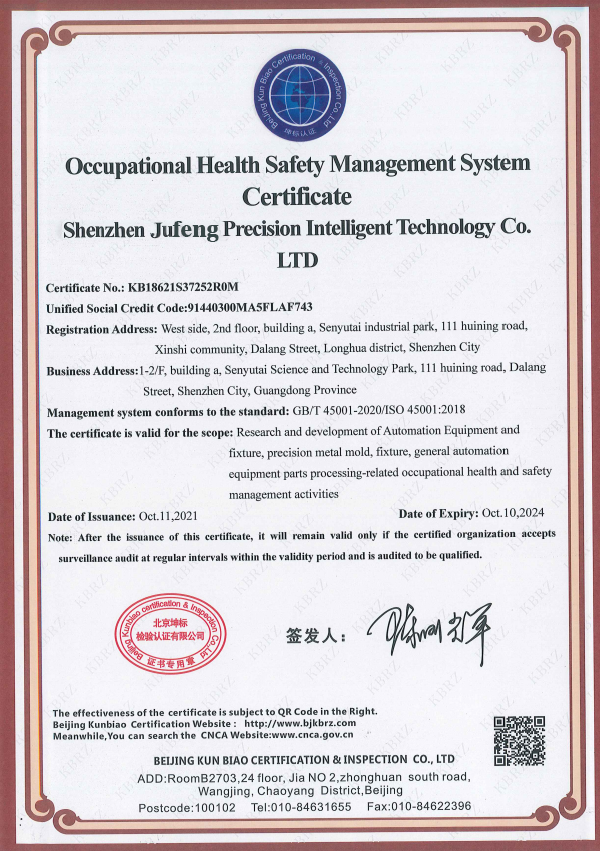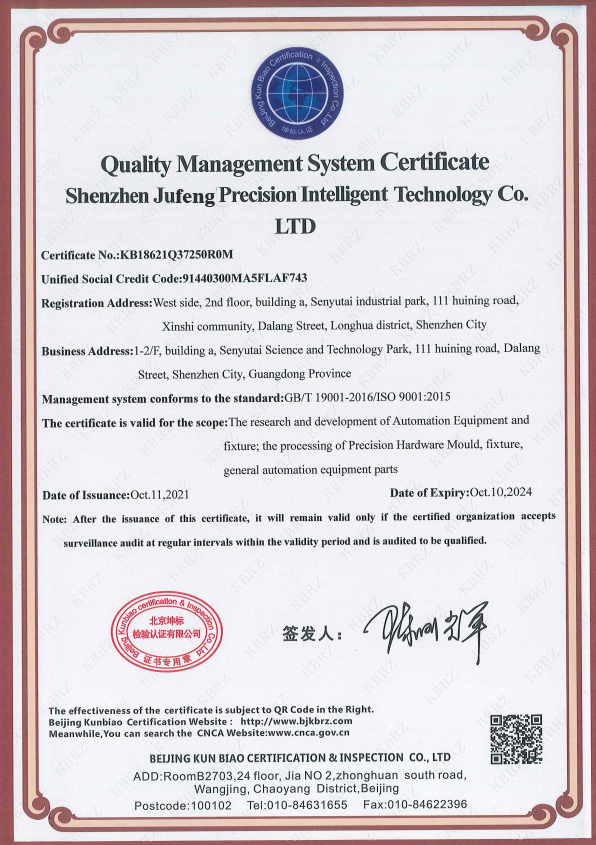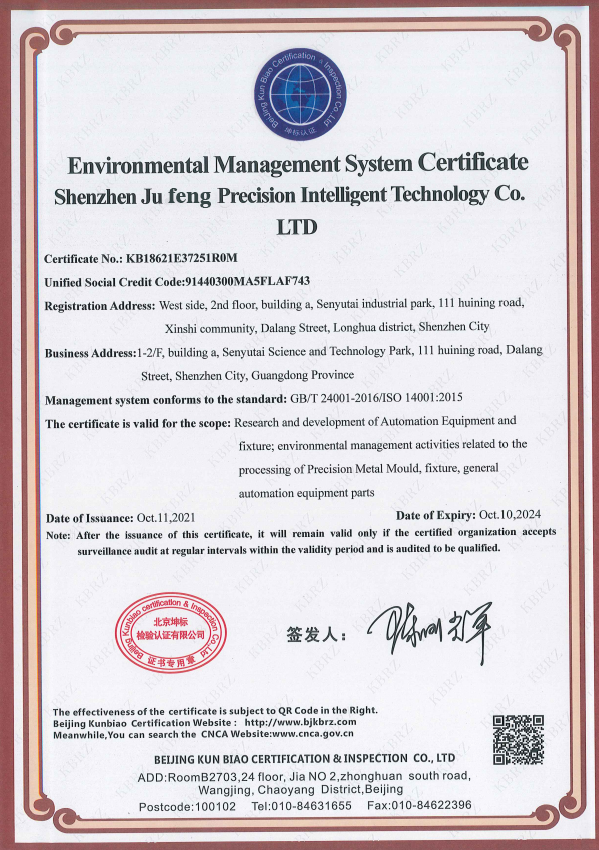News
Battery Assembly Press Fixtures: A Comprehensive Guide for New Manufacturers
Battery Assembly Press Fixtures: A Comprehensive Guide for New Manufacturers
Table of Contents
- 1. Introduction to Battery Assembly Press Fixtures
- 2. The Importance of Press Fixtures in Battery Assembly
- 3. Types of Battery Assembly Press Fixtures
- 4. Designing Efficient Battery Assembly Fixtures
- 5. Best Practices for Using Battery Assembly Press Fixtures
- 6. Maintenance Tips for Longevity
- 7. The Future of Battery Assembly Press Fixtures
- 8. Conclusion
- 9. Frequently Asked Questions
1. Introduction to Battery Assembly Press Fixtures
In the rapidly evolving landscape of battery manufacturing, the role of **battery assembly press fixtures** cannot be overstated. These fixtures are crucial tools used to hold, align, and support battery components during the assembly process. As new manufacturers enter the market, understanding the various aspects of these fixtures becomes essential for efficient and accurate production. This guide aims to provide a comprehensive overview of **battery assembly press fixtures**, their types, design considerations, best practices, and future trends.
2. The Importance of Press Fixtures in Battery Assembly
Battery assembly is a delicate process that requires precision and consistency. **Press fixtures** play an instrumental role in achieving these goals. They ensure that components are held securely in place, reducing the risk of misalignment during the assembly process. The right fixtures can also improve **production efficiency**, minimize waste, and enhance the overall quality of the final battery product.
In addition to improving quality, press fixtures can significantly reduce assembly time, allowing manufacturers to increase their output. By streamlining the assembly process, manufacturers can meet the growing demand for batteries in various industries, including automotive, electronics, and renewable energy.
3. Types of Battery Assembly Press Fixtures
Understanding the different types of battery assembly press fixtures is vital for new manufacturers aiming to optimize their production processes. Each type offers unique benefits suited to various manufacturing needs.
3.1 Manual Press Fixtures
**Manual press fixtures** are designed for operators to assemble battery components with minimal automation. These fixtures typically offer flexibility and adaptability, making them suitable for small-scale production runs or prototyping. They are often less expensive than automated options, making them an attractive choice for startups and manufacturers with limited budgets.
3.2 Automated Press Fixtures
For larger production volumes, **automated press fixtures** provide increased efficiency and consistency. These fixtures often integrate robotic systems that handle component placement and assembly tasks. Automated fixtures reduce human error and increase speed, making them ideal for high-demand environments. While the initial investment may be higher, the long-term cost savings and production efficiency can justify the expense.
3.3 Custom-made Press Fixtures
As manufacturers evolve, some may require **custom-made press fixtures** tailored to specific assembly processes or product designs. Custom fixtures allow for unique configurations that can address particular challenges faced during assembly. Collaborating with experienced fixture designers can yield highly efficient solutions that optimize production flow and improve quality.
4. Designing Efficient Battery Assembly Fixtures
Designing effective battery assembly press fixtures requires careful consideration of several factors to ensure durability, usability, and efficiency.
4.1 Material Selection for Durability
The materials used in constructing press fixtures significantly impact their performance and longevity. Common materials include **aluminum**, **steel**, and high-strength plastics. Aluminum offers a lightweight option that is resistant to corrosion, while steel fixtures provide strength and durability for high-stress applications. Selecting the appropriate material based on the specific assembly requirements is essential for optimizing fixture performance.
4.2 Ergonomics and User-Friendliness
An often-overlooked aspect of fixture design is ergonomics. Fixtures should be designed to minimize strain on operators during use. Features such as adjustable heights, easy-to-reach controls, and intuitive setups can greatly enhance user experience. Investing in ergonomic designs can lead to increased productivity and reduced risk of workplace injuries.
5. Best Practices for Using Battery Assembly Press Fixtures
To maximize the effectiveness of battery assembly press fixtures, manufacturers should adhere to best practices:
1. **Regularly Train Operators**: Ensuring that operators are well-trained in using the fixtures can improve assembly quality and efficiency.
2. **Perform Routine Inspections**: Regular inspections of fixtures can help identify wear and tear, allowing for timely maintenance or replacement.
3. **Optimize Fixture Layout**: Arranging fixtures in a way that supports smooth workflows can significantly enhance assembly efficiency.
4. **Continuously Gather Feedback**: Engaging with operators to gather insights on fixture performance can lead to iterative improvements.
6. Maintenance Tips for Longevity
To extend the life of battery assembly press fixtures, manufacturers must implement a strategic maintenance plan. Here are some essential maintenance tips:
- **Clean Regularly**: Dirt and debris can lead to misalignment and operational issues. Regular cleaning prevents these problems from arising.
- **Lubricate Moving Parts**: Ensuring that all moving components are well-lubricated can reduce friction and prevent wear.
- **Inspect for Damage**: Regular checks for cracks, warps, or any signs of damage are crucial. Early detection can prevent major operational setbacks.
- **Calibrate Fixtures Periodically**: Calibration ensures that the fixtures remain accurate over time, maintaining the quality of the assembly process.
7. The Future of Battery Assembly Press Fixtures
As technology continues to advance, the future of battery assembly press fixtures is promising. Key trends include:
- **Integration with Smart Technologies**: The incorporation of IoT devices and sensors will enable real-time data collection, enhancing monitoring and maintenance.
- **Increased Automation**: Automation will continue to evolve, with more manufacturers adopting robotic systems for assembly tasks.
- **Sustainability Practices**: As industries shift toward sustainability, eco-friendly materials and processes will become more prevalent in fixture design and manufacturing.
8. Conclusion
Battery assembly press fixtures are essential components in the production of high-quality batteries. New manufacturers must understand the importance of these fixtures and how to utilize them effectively. By selecting the right type of fixtures, designing them for efficiency, adhering to best practices, and ensuring proper maintenance, manufacturers can optimize their assembly processes. As the industry continues to evolve, staying informed about emerging trends will position manufacturers for success in a competitive market.
9. Frequently Asked Questions
1. What are battery assembly press fixtures used for?
Battery assembly press fixtures are used to hold and align battery components securely during the assembly process, ensuring precision and consistency.
2. How do I choose the right type of press fixture for my manufacturing needs?
Consider the scale of your production, budget constraints, and specific assembly requirements. Manual fixtures are suitable for small runs, while automated options are best for high volume.
3. What materials are best for battery assembly press fixtures?
Common materials include aluminum for lightweight applications, steel for strength, and high-strength plastics for specific needs. The choice depends on the operational environment and requirements.
4. How often should I maintain my press fixtures?
Regular maintenance is crucial. Inspections should be conducted periodically, with cleaning and lubrication performed as needed to prevent wear.
5. What are the latest trends in battery assembly press fixtures?
Emerging trends include increased automation, integration with smart technologies, and a focus on sustainable manufacturing practices. Staying updated on these trends can enhance production efficiency and sustainability.




